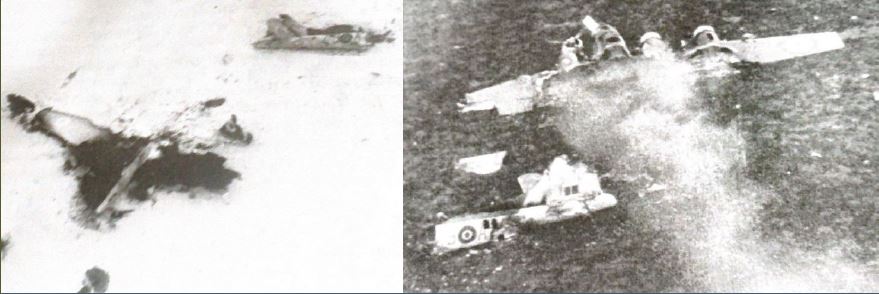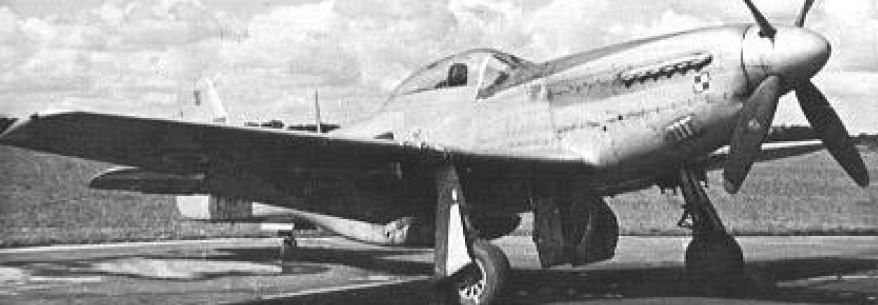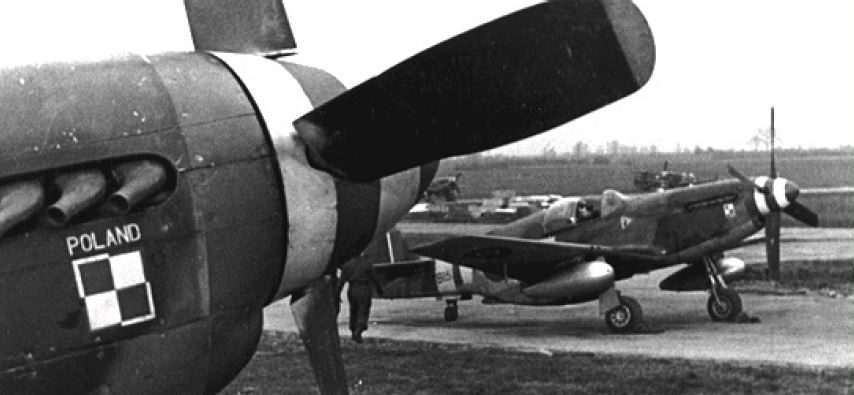Site 30. RAF Wick : 1945 & 1946

Air Operations – 1945
JANUARY – The Vickers Warwicks of 279 Squadron carried out eight ASR (Air Sea Rescue) patrols searching for dinghies from downed aircraft, as well as providing ASR cover for the Beaufighters of the Dallachy Strike Wing on five occasions. They assisted Mosquitoes of the Banff Strike Wing on a further five occasions, two of which resulted in escorting damaged Mosquitoes back to their base. 519 Squadron was also busy this month and carried out 40 high-altitude meteorological flights in their Spitfires as well as 29 long-range weather patrols flying the Lockheed Hudson and Boeing Fortress.

FEBRUARY – This was a much quieter month for 279 Squadron with only six ASR searches carried out and eight patrols providing ASR cover for the Banff and Dallachy Strike Wings. There were also two patrols to provide ASR cover for naval taskforces. 519 Squadron flew 52 high-altitude meteorological sorties as well as 46 long-range patrols. Three Hudsons were involved in the search for a lost Fortress from the squadron at the beginning of the month.

MARCH – There was no increase in activity for 279 Squadron whose crews flew four ASR searches for downed pilots along with eleven patrols providing cover for the Beaufighters from RAF Dallachy near Elgin. The aircraft from 519 Squadron flew a further62 high-altitude meteorological sorties and increased their long-range patrols to 83.
APRIL – The aircraft strength of 279 Squadron was increased with the addition of a flight of Hawker Hurricanes. A total of 26ASR patrols were required to search for downed aircrews as attacks against Norwegian targets intensified from the squadrons based at the Moray and Banff RAF stations. Twenty ASR cover sorties for the Banff and Dallachy Strike Wings were flown resulting in three Beaufighters and one Mosquito having to be escorted back to base after suffering damage during an attack. High-altitude meteorological fights were down slightly with 57 being flown, along with 83 long-range patrols.
MAY – With the end of the war in sight, 279 Squadron covered the Banff Strike Wing for 3 last attacks against Norway, as well as supporting an attack against Kiel on the 3rd. On the same day, two Warwicks escorted several surrendering German E-boats (motor torpedo boats) to British ports. The war in Europe finally ended on the 7th but sixteen ASR searches were still required as Allied aircraft went missing or ditched into the sea. Warwicks from Wick also provided ASR cover for aircraft now repositioning to formerly occupied territories. These included Spitfires to Stavanger and Mustangs and Mosquitoes to Denmark. High-altitude and long-range meteorological flights continued daily with the long-range flights over Norway ceasing on the 12th.A total of 108 of these sorties were flown by 519 Squadron during May.
JUNE – Three ASR searches were carried out by 279 Squadron for missing aircraft and one for a missing trawler. The squadron’s Warwicks also provided ASR cover for Spitfires and Mosquitoes flying to former Luftwaffe airfields. 97 daily meteorological flights were flown by 519 Squadron. However, the long-range patrols were taken over by the Handley Page Halifaxes of 518 Squadron which arrived on the 24th.
JULY – Things started to wind down for 279 Squadron with only a single flight being flown towards the end of the month to search for a missing fishing boat. 518 Squadron were flying single long-range weather sorties each day and it was noted that the main change to operations was that the crews were no longer searching for U-boats and the aircraft no longer carried depth charges. The Spitfires of 519 Squadron also flew their two daily high-altitude meteorological flights.
AUGUST – No operational flights were flown by 279 Squadron as they packed up and prepared to move to RAF Beccles in Suffolk the following month. The aircraft of 518 and 519 Squadrons continued with their weather flights until the 17th. As RAF Wick had reverted to the control of Fighter Command in July, both Squadrons moved to RAF Tain in Ross-shire on the 18th. This was to make way for the incoming fighter squadrons, with 122 Squadron being the first to arrive on the29th, equipped with Spitfire Mk.IXs.
SEPTEMBER to DECEMBER – There was little activity during this period apart from 122 Squadron which carried out air-to-air combat and ground attack training. At the end of November the squadron was joined by the pilots and North American Mustang Mk.IIIs of 316 (Polish) Squadron. The winter weather and snow in December disrupted flying considerably but both squadrons continued with lectures and training flights when possible. Many of the pilots spent a lot of time decompressing from the strains of combat which they had faced only a few months earlier.


Air Operations – 1946
JANUARY – 122 Squadron left Wick for RAF Dalcross near Inverness and were replaced by 303 (Polish) Squadron equipped with Mustang Mk.IVs. Both Polish squadrons now spent their time honing their skills in formation flying and mock dogfighting, as well as taking part in low-level ground attack training and exercises.
FEBRUARY – Poor winter weather played havoc during this month with very few flying days available. For the days when the weather allowed, both squadrons continued with their training flights.
MARCH – By the 15th of the month both Polish squadrons had departed Wick and the RAF airfield was handed over to the control of the civilian authorities to be operated as a commercial airport.




